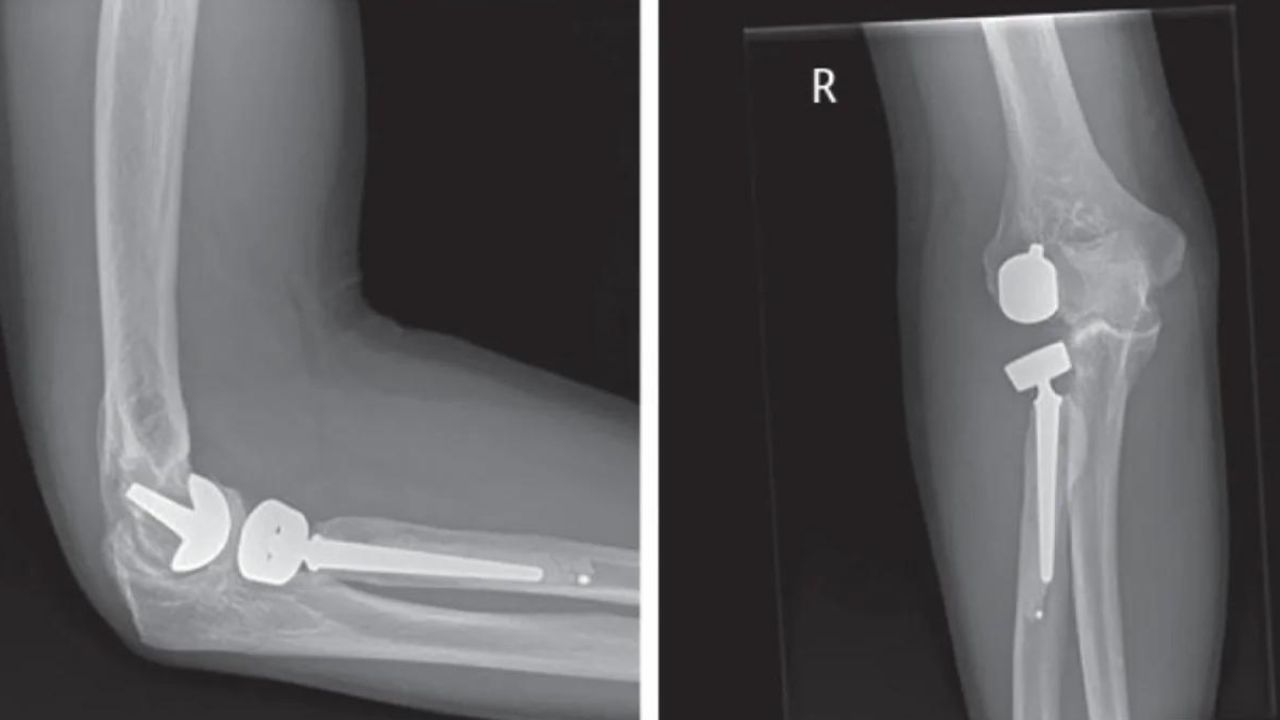Radial Head Replacement Surgery in India
Radial Head Replacement Surgery treats fractured radial heads, crucial for elbow stability. The procedure involves removing the damaged radial head and inserting an artificial implant. Surgeons recommend this surgery when other treatments, such as reduction or internal fixation, fail. Radial head fractures, which often affect women in their thirties, account for about one in five elbow injuries.
When is Surgery Needed?
Radial head fractures disrupt elbow stability, causing long-term pain and dysfunction. Often, these fractures are accompanied by ligament injuries that worsen instability. Doctors use physical exams, X-rays, and CT scans to assess fracture severity and displacement. While minor fractures may respond to non-surgical treatments, severe cases with significant displacement usually require surgery.
Who Should Consider Radial Head Replacement?
Candidates for radial head replacement are those with persistent pain and instability that other treatments cannot manage. This surgery suits individuals with isolated fractures where joint stabilization isn’t possible through reduction or internal fixation. It’s less appropriate for patients with severe ligament damage or conditions like coronoid fractures or medial collateral ligament deficiencies.
Preparing for Surgery
Before surgery, patients need a comprehensive medical evaluation to ensure they are fit for the procedure. This includes reviewing medications and potentially stopping drugs like non-steroidal anti-inflammatory medications and blood thinners to reduce bleeding risks. A cardiologist might also assess patients with chronic conditions.
Recovery and Aftercare
Post-surgery, patients may experience complications such as bleeding, pain, bruising, or infections. Effective wound care, physiotherapy, and using a protective sling are vital for recovery. Patients should avoid heavy lifting for at least three months. Regular follow-ups with healthcare providers are crucial to ensure proper healing and function.





